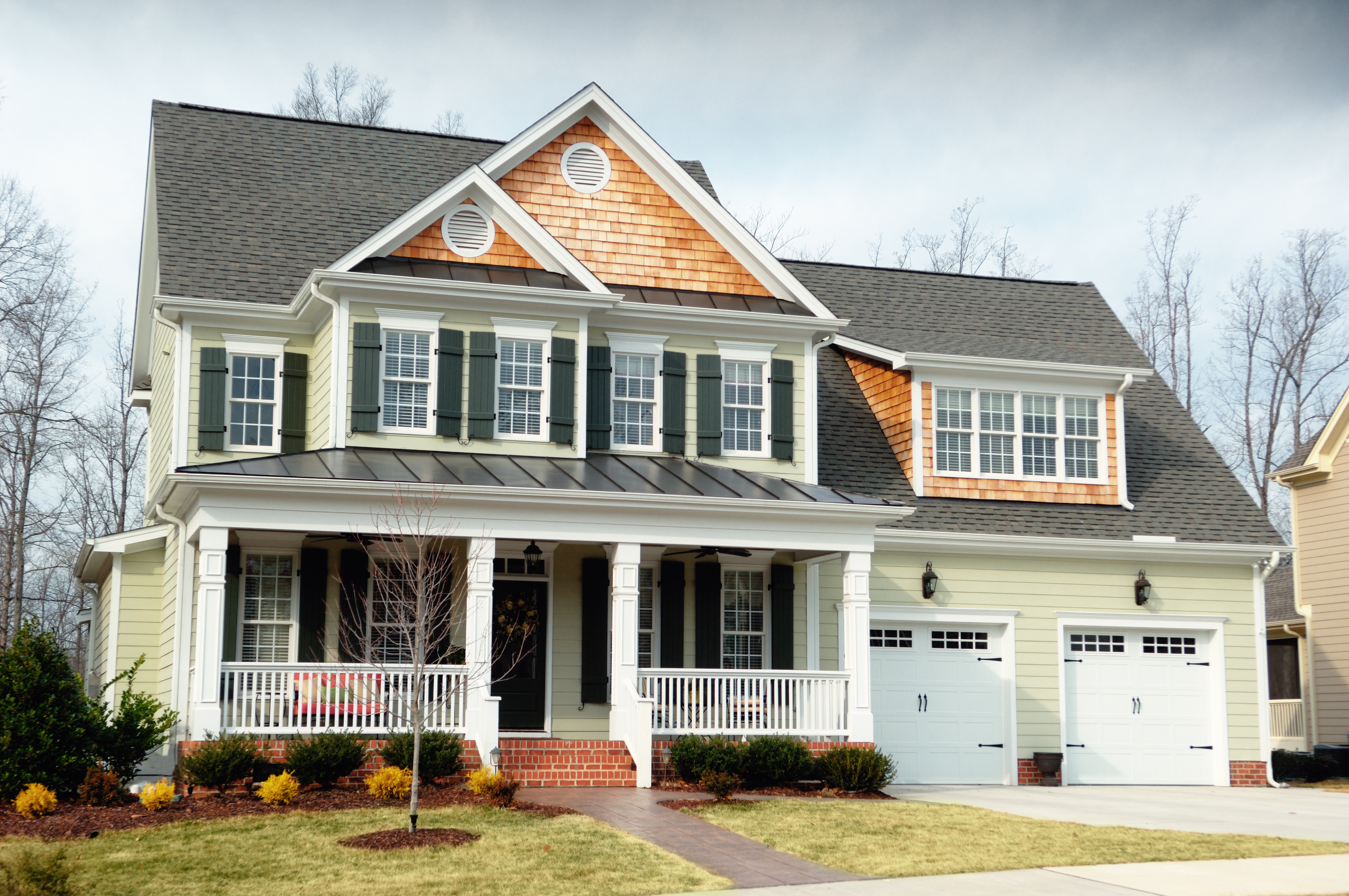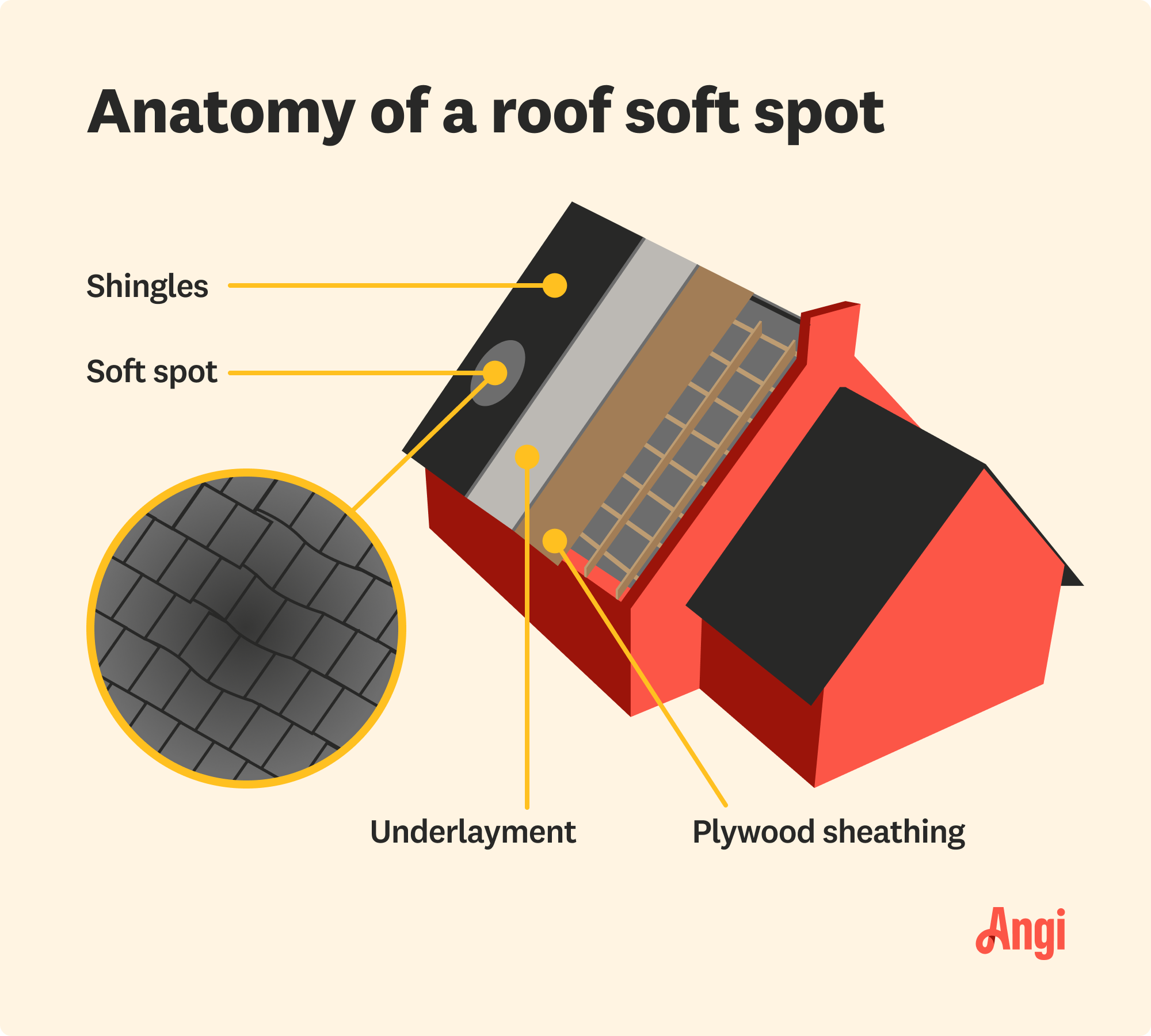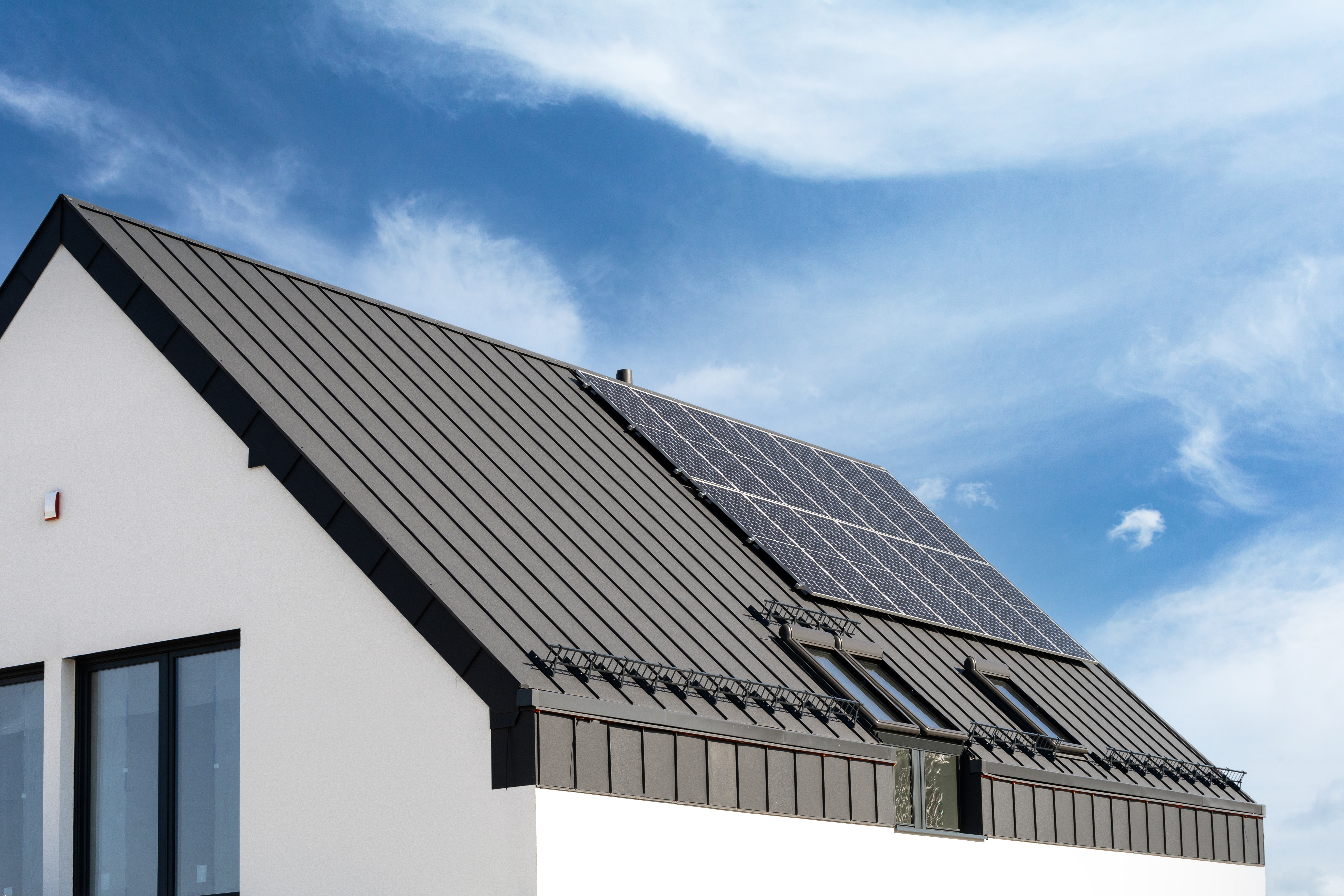
Dealing with a visibly damaged roof or leak? Learn about roof repair costs in Columbus to see how much you’ll need to budget for a permanent solution.
Don’t delay when it comes to repairing soft spots on your roof


Soft spots can occur anywhere on a roof and are easiest to find in the spring when the warm temperatures cause the materials to expand.
Avoid soft spots and roof leaks with regular roof inspections and cleanings.
Repairing soft spots on a roof is not a DIY project you should attempt on your own.
Hire a roofing pro who has the expertise to make the necessary repairs.
Water is your roof’s greatest enemy, and a little bit of moisture under your roofing material can cause some very serious problems. Soft spots on your roof can indicate weak sections of roofing, which can cause significant deterioration or even roof collapse.
Learn what causes soft spots, how to identify them, and why you should repair roof soft spots as soon as possible before you face having to replace your roof entirely.
From the outside, roof soft spots can look like sections of buckled, wavy, or sagging shingles. You may see a dip in your roof or an area where the roofing material has an inconsistent appearance from the rest of the roof. Inside your attic, you can identify a soft spot if the underside of your roof looks discolored, warped, or sagging.
Soft spots can vary in size from just a few inches to sections several feet wide. It’s not uncommon to have several soft spots in different places on your roof, but you may be lucky enough to spot damage when you have just one small spot.

Soft spots form due to water damage, which has several causes. One common cause of this is gaps in your roof’s shingles. When water seeps underneath your shingles or other roofing material and saturates the underlying layer of roof support. If your roof has shingles, it likely has plywood or composite sheeting, known as sheathing or decking, underneath its tiles or shingles.
While shingles have a relatively long lifespan (they can last up to 30 years with proper maintenance), sheathing does not. Over time, sheathing’s exposure to the elements—high heat and humidity, heavy rain, piles of snow, and overall dampness—weakens it and causes it to dip and soften in spots.
They are easiest to notice in the spring when warming temperatures cause shingles and other roofing materials to expand, making dips and buckles visible. Damaged flashing also allows water to seep into your roof decking.
Another reason for soft spots is clogged gutters, which can cause water or ice to back up on your roof. Inadequate ventilation, which prevents moisture from escaping, can also lead to soft spots.
The most commonly sought-after asphalt shingle roof repair involves fixing water leaks. Homeowners also want recommendations from a roofer for repairs that prevent damage and keep their roofs in good condition. Other issues include broken, missing, cracked, and loose shingles, water stains, and other related problems.
Soft spots on roofs are always a problem, but they don’t always mean you need a full roof replacement. This is welcome news—the cost of a roof replacement can be expensive, with most contractors charging thousands to get the job done. Spot repairs are less expensive, often between $300 and $2,000.
But to avoid a full roof replacement, you need to catch the problem early. That’s why regular roof inspections are so important. Hire a professional near you to inspect and clean your roof every year so you can catch any soft spots and address them quickly. Left unchecked, seemingly small soft spots can lead to a seriously leaking roof and even collapse.

As soon as you notice a soft spot on your roof, call in a pro. Hire a qualified roofer near you to thoroughly investigate the soft spot and make necessary emergency roof repairs or replace your roof as needed.
The roofer will remove damaged shingles and underlying sheathing in the soft spot and replace them with new material. The new roofing material should keep water from coming in while allowing heat and moisture to escape without building up in your rafters, which encourages mold growth and can be a contributing cause of soft spots on your roof.
They will also make sure your gutter system works correctly to efficiently route water off your roof, which is another way to prevent soft spots.
Keeping your roof in good condition is the best way to ensure it doesn’t develop soft spots. If you live in a particularly rainy area, you’ll want to keep a close eye on your roof to spot any potential problems before they can cause damage. If you notice any missing or damaged shingles, call a local roof repair company to fix the problem right away.
An annual roof inspection is a great way to identify and prevent conditions that could lead to soft spots. A licensed roofer will know just what to look for and will be able to make any necessary repairs before big problems develop.
Unless you’re a professional roofer, you shouldn’t attempt to DIY your roof replacement. Roof repairs and replacements are costly, and there are many opportunities for mistakes, so saving a few bucks on professional help isn’t worth the risk. Roof repairs cost $1,100 on average but are worth protecting your investment in your roof.
If you notice soft spots on your roof regularly, it’s possible that your previous roofer incorrectly installed your shingles or used improper materials. Hiring a top-notch roofer to replace your roof may eliminate moisture issues and save you money in the long run.
From average costs to expert advice, get all the answers you need to get your job done.

Dealing with a visibly damaged roof or leak? Learn about roof repair costs in Columbus to see how much you’ll need to budget for a permanent solution.

Learn about roof replacement costs in Columbus and what factors are at play to budget accurately and make sure you’re getting a fair price.

A metal roof can defend your home against Ohio’s varying weather conditions. Learn how much a metal roof costs in Columbus, OH.

What's a cupola? Is it possible to have one on my home? What do they look like? Learn all about the variety of cupolas you can add to your home or barn.

Dormer additions are both stylish and practical. Check out how to increase your attic's living space while boosting your home's curb appeal.

Discover how to install metal roofing over shingles to add long-lasting weather protection to your existing roof without removing the old material.